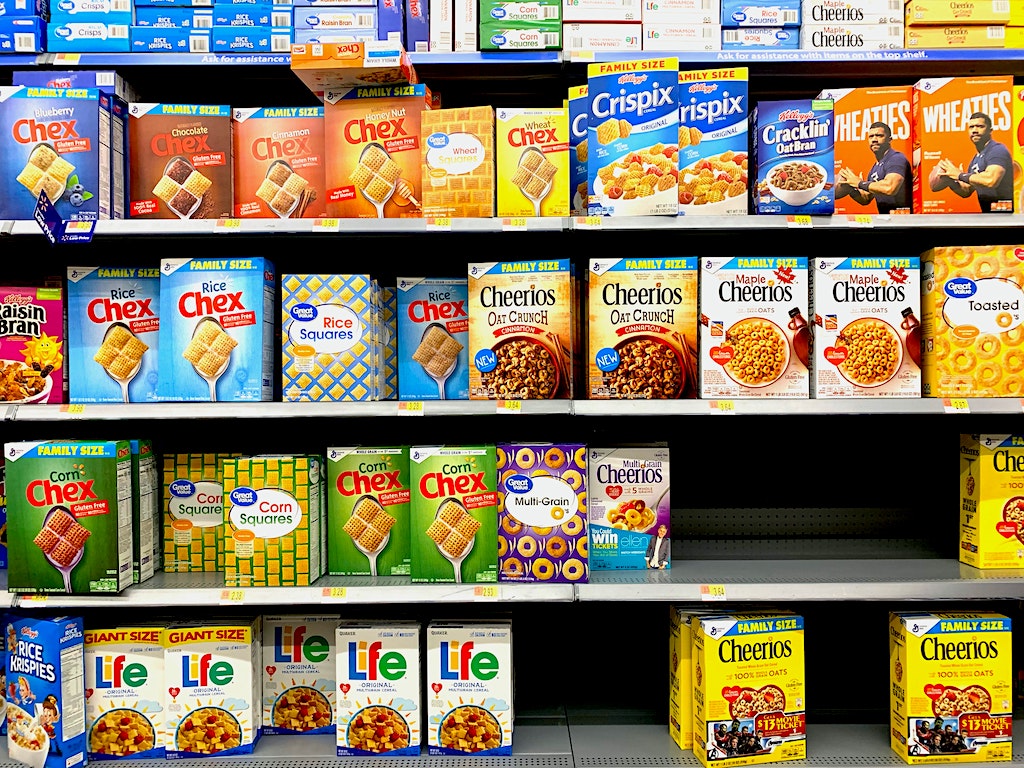The Fast-Moving Consumer Goods (FMCG) industry is renowned for its cutthroat competition and dynamic nature. In this blog post, we will delve into the reasons behind the intense competition within this industry. By understanding the key factors driving competition, businesses can gain valuable insights to navigate the challenges and thrive in this highly competitive landscape.
- Evolving Consumer Preferences:
One of the primary reasons for the competitiveness in the FMCG industry is the ever-changing consumer preferences. Consumers today are more discerning, demanding products that align with their values, lifestyles, and health concerns. As a result, FMCG companies must continuously innovate and adapt to meet these evolving demands, leading to intense competition to capture and retain market share. - Low Barriers to Entry:
The FMCG industry is characterized by relatively low barriers to entry, allowing new players to enter the market easily. This factor contributes to increased competition as new entrants strive to establish their presence and gain market share. Established companies must constantly innovate and differentiate themselves to stay ahead of the competition and protect their market position. - Intense Retailer Pressure:
FMCG companies face immense pressure from retailers, who exert significant influence over product placement, pricing, and promotions. Retailers often demand lower prices, higher margins, and exclusive deals, intensifying competition among FMCG companies to secure favorable partnerships. This pressure drives companies to constantly improve their products, supply chain efficiency, and marketing strategies to gain a competitive edge. - Brand Loyalty Challenges:
Building and maintaining brand loyalty is a constant battle in the FMCG industry. With numerous brands offering similar products, consumers have a wide range of choices. This intensifies competition as companies invest heavily in marketing, advertising, and brand-building activities to differentiate themselves and foster customer loyalty. The struggle to capture and retain loyal customers further fuels the competitive landscape. - Globalization and Market Saturation:
The FMCG industry operates on a global scale, with companies expanding their reach into new markets. As a result, the industry has become increasingly saturated, with numerous players vying for market share. This saturation intensifies competition as companies strive to differentiate themselves through product innovation, pricing strategies, and effective distribution networks.
Conclusion:
The FMCG industry's competitiveness stems from evolving consumer preferences, low barriers to entry, intense retailer pressure, brand loyalty challenges, and global market saturation. To succeed in this highly competitive landscape, companies must continuously innovate, adapt to changing consumer demands, build strong brand loyalty, and forge strategic partnerships with retailers. By understanding the underlying factors driving competition, businesses can position themselves for success and thrive in the dynamic FMCG industry.




